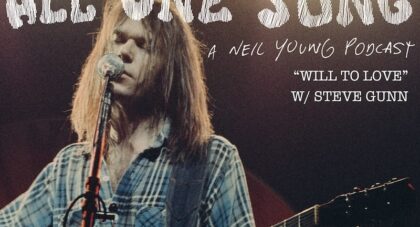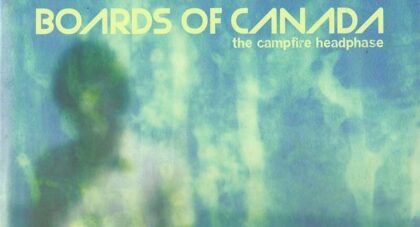Welcome back to the stacks. It’s Aquarium Drunkard’s Book Club, our monthly gathering of recent (or not so recent) recommended reading. Featuring the occult roots of rock, John Sinclair's prison writings, Bowie comics, Anna Kavan's dystopian road novel, and the nature writing of J.A. Baker . . .
Only the good shit. Aquarium Drunkard is powered by its patrons. Keep the servers humming and help us continue doing it by pledging your support.
To continue reading, become a member or log in.


